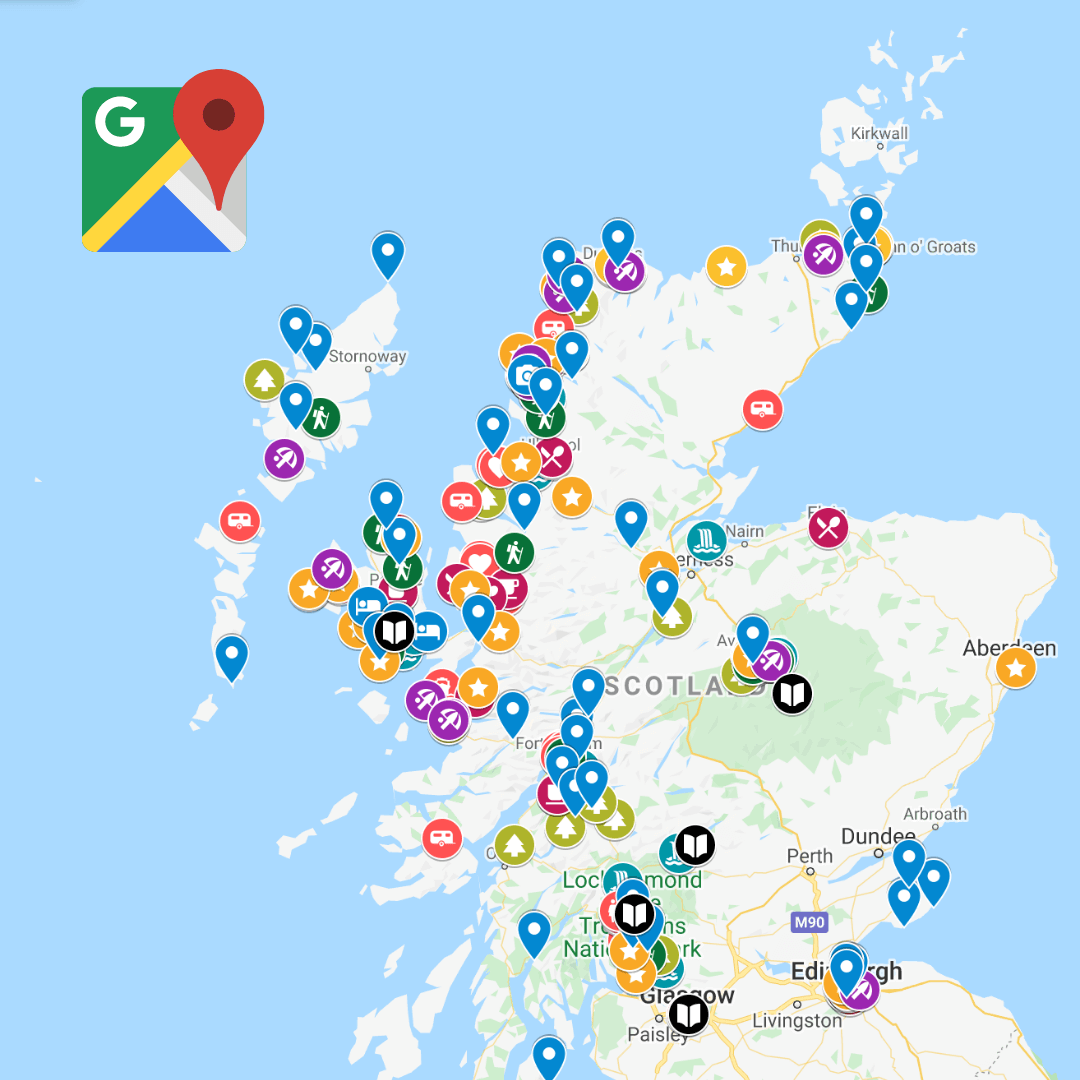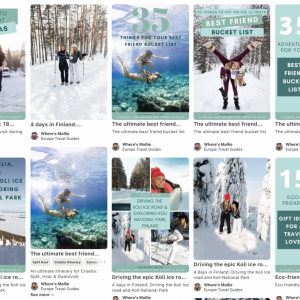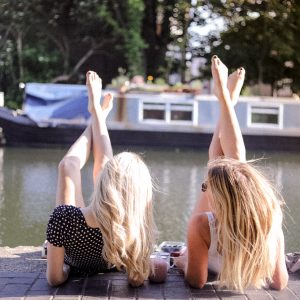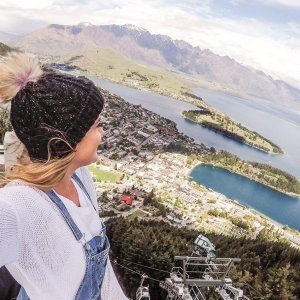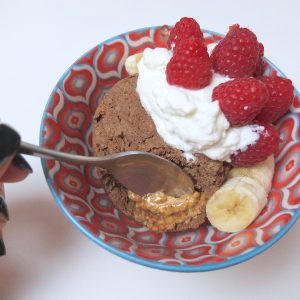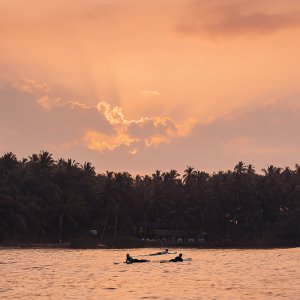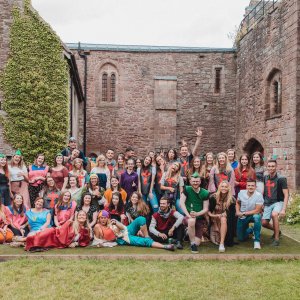No products in the basket.
12 ways to improve your travel photography
Updated On 8th March, 2024
If there’s one time you want a camera, it’s when you’re travelling.As much as I believe there is a fine line between capturing special moments on camera and over capturing, I certainly don’t think you’ll find me on a trip anytime soon without some sort of camera. I love memories. So much so, I actively update my scrapbook of favourite travel moments, possibly my most prized possession. See how to make your own scrapbook here.We capture photos for many reasons, some of which include: remembering our favourite places, our favourite people, freezing life-changing experiences and as an outlet for creativity. Photography has never been so accessible and portable as it is now. Travel photography is something accessible to everyone, no matter where you’re at in your photography journey. Technology is advancing by the minute and cameras are getting more compact by the second which makes it an exciting time to pick up a camera for the first time.Whether you pop a GoPro in your pocket, have your iPhone to hand, vlog with your G7X, shoot cinematic on your Sony, capture instant photos on your Instax or get the birds-eye view with the DJI drone range, you’re a photographer in your own right. See all the cameras I use here.In this blog post, I’m going to share some top tips for spicing up and improving your travel photography. There’s a mixture of tips in here for beginners, iPhone lovers and DSLR owners. Hopefully, you’ll take away something to improve your travel photography and use on your next adventure.
12 ways to improve your travel photography
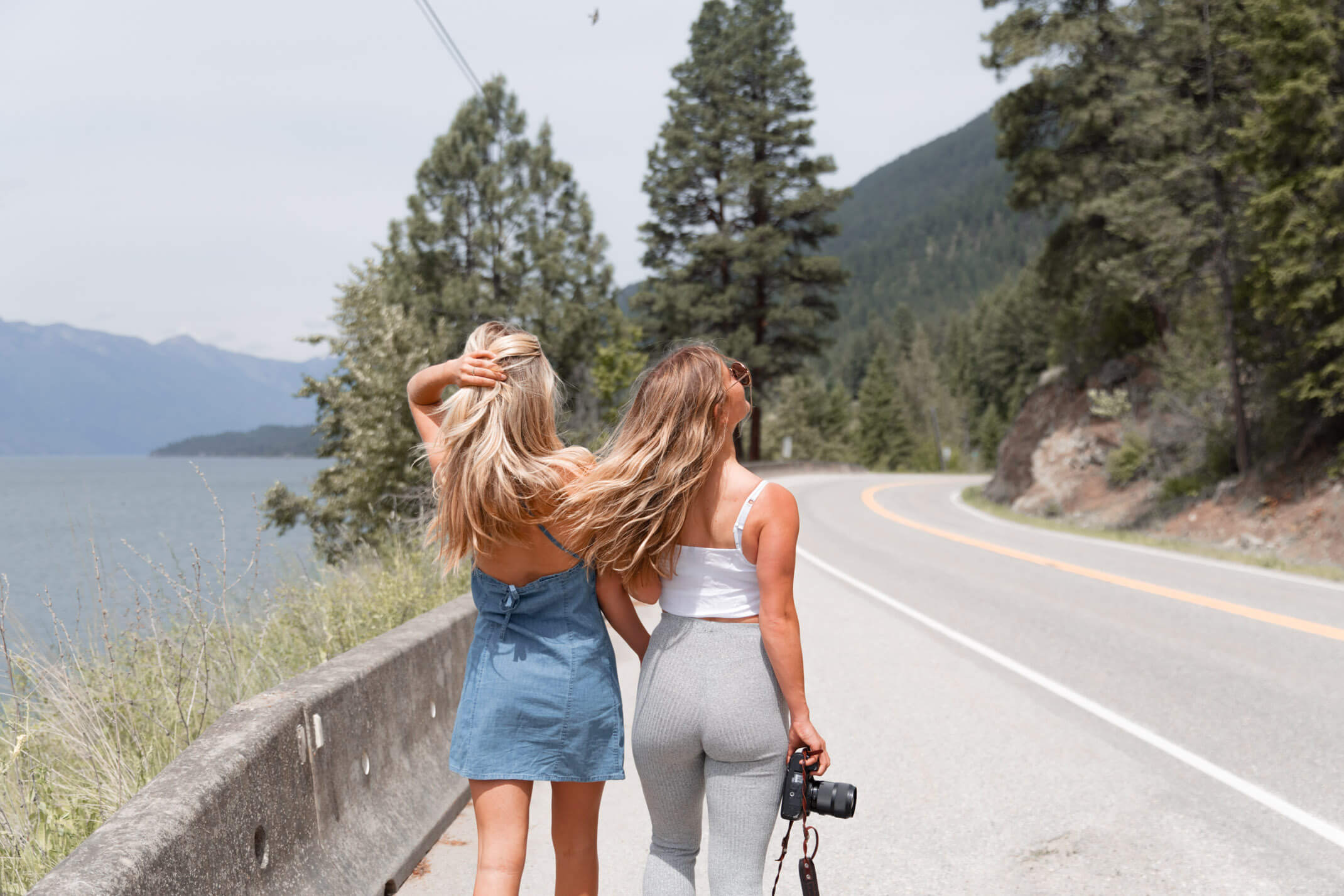 1. Get inspired and get a fresh perspective
1. Get inspired and get a fresh perspectiveIf you’re a creative human and you’re not on Pinterest, let this be the day you download it. Pinterest is without a doubt my favourite platform and the place I go for a little creative inspiration. See my Pinterest page here.Use the search bar (once you’ve created an account) and literally search any keywords that summarise the kind of inspiration you’re after. For example ‘camper van photography’ will bring you up all the van life photos. See one you like? Pinterest has a really cool tool whereby if you click on an image you like the look of, it will generate a whole new feed of images ‘similar to that image’. It creates a visual search to generate more images tailored to your taste.Pinterest will also take note of all the images you click on and ‘save to your boards’ and your home feed will be curated dependant on your tastes!Follow users that pin the type of content you love (here’s my profile for all things travel) and be prepared to have your mind blown with creativity!
2. Be a beginner, own it.
I know particularly when I began my travel blog, I had a camera in my hand shooting every day but I’d never studied photography or had any solid foundations to work from. I guess even to this day I can feel a little inferior in the company of other professional photographers that have a better understanding of camera specs and technical aspects. Don’t let your ego get in the way.The moment you own exactly where you are and ask for help is the moment you let the learning in and the improvements begin. The biggest leaps I’ve made have been when I felt confused about something and I simply asked the question to another photographer. People love helping and sharing tips when it comes to their passion, don’t let your mind convince you otherwise. Get out of your own way!
3. Get out of Auto mode
If you’ve taken the step to invest in a camera that has manual abilities, start to use them. Again I can relate to the desire to put the camera in auto and to let the camera do the work and the thinking. I shot in auto on my first camera for a while, nervous to miss the shots if I came out of it.Truth is, you have so much more control over your image when you learn to use manual and you learn to manipulate the environment with your camera. It takes some learning but it’s a liberating process and you will. not. turn. back. Not when you see the results and you step out of your comfort zone to find that confidence.I took a beginner’s photography course at London School of Photography. Read about my experience here.
4. Invest in a new camera/hire one to try out!
Investing in a new camera doesn’t have to mean dropping thousands of pounds (easily done) on a new piece of technology. If you’re keen to take your photography to the next level and want to treat yourself, set your passion on fire and believe in yourself enough to take the leap!I knew that my career back in 2014 would be heavily dependant on visual content and so I invested in a Canon 5DMKIII and told myself this was an opportunity to grow into the camera. Having spent over £1000 on the equipment, I had the incentive to experience the camera’s full potential and my photography improved dramatically!It can be daunting to invest in new technology but many places offer a rental service so that you can try before you buy. Or, if you have a friend with your dream camera, see if they’ll give you a tour / let you borrow it for a day!Tip: Fat Llama is a website where you can type in the camera model and your postcode and it will locate people renting out that piece of equipment near you!
5. Download an editing programme
Whilst there is only so much editing you can do to make ‘average’ image great. There are mind-blowing things you can do to edit an incredibly-composed image into a masterpiece. There is so much power in editing. You can really transform an image from its original file through editing.Be it bringing up the shadows, increasing contrast, pulling out and isolating certain colours and dropping back with others. You can crop, sharpen, brush, add gradients, filters and more. The options are endless and that’s before you’ve even dived into the likes of Adobe Photoshop.Here are some mobile apps to consider downloading and trying out…
- LightroomColourtoneTezzaSnapseed
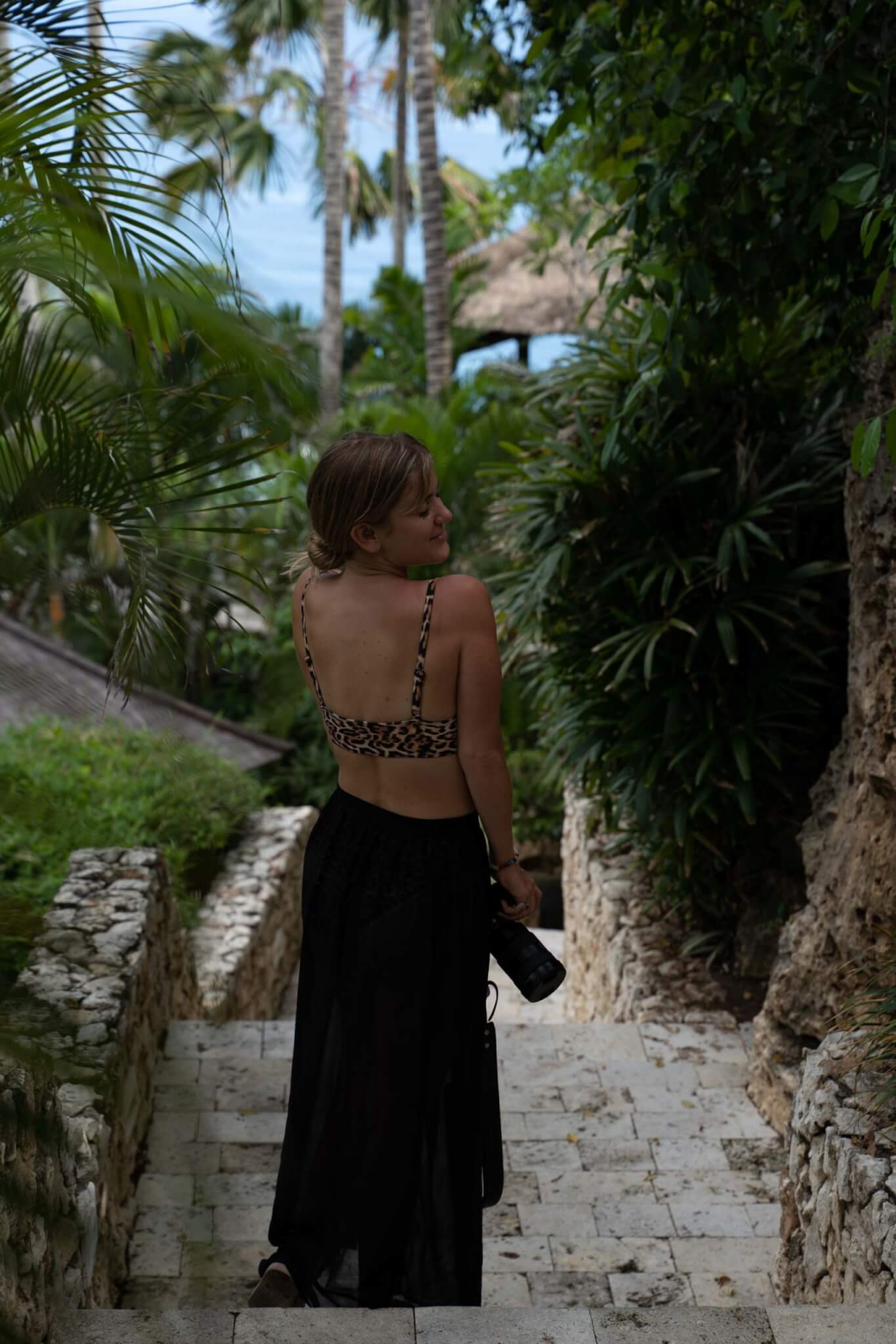
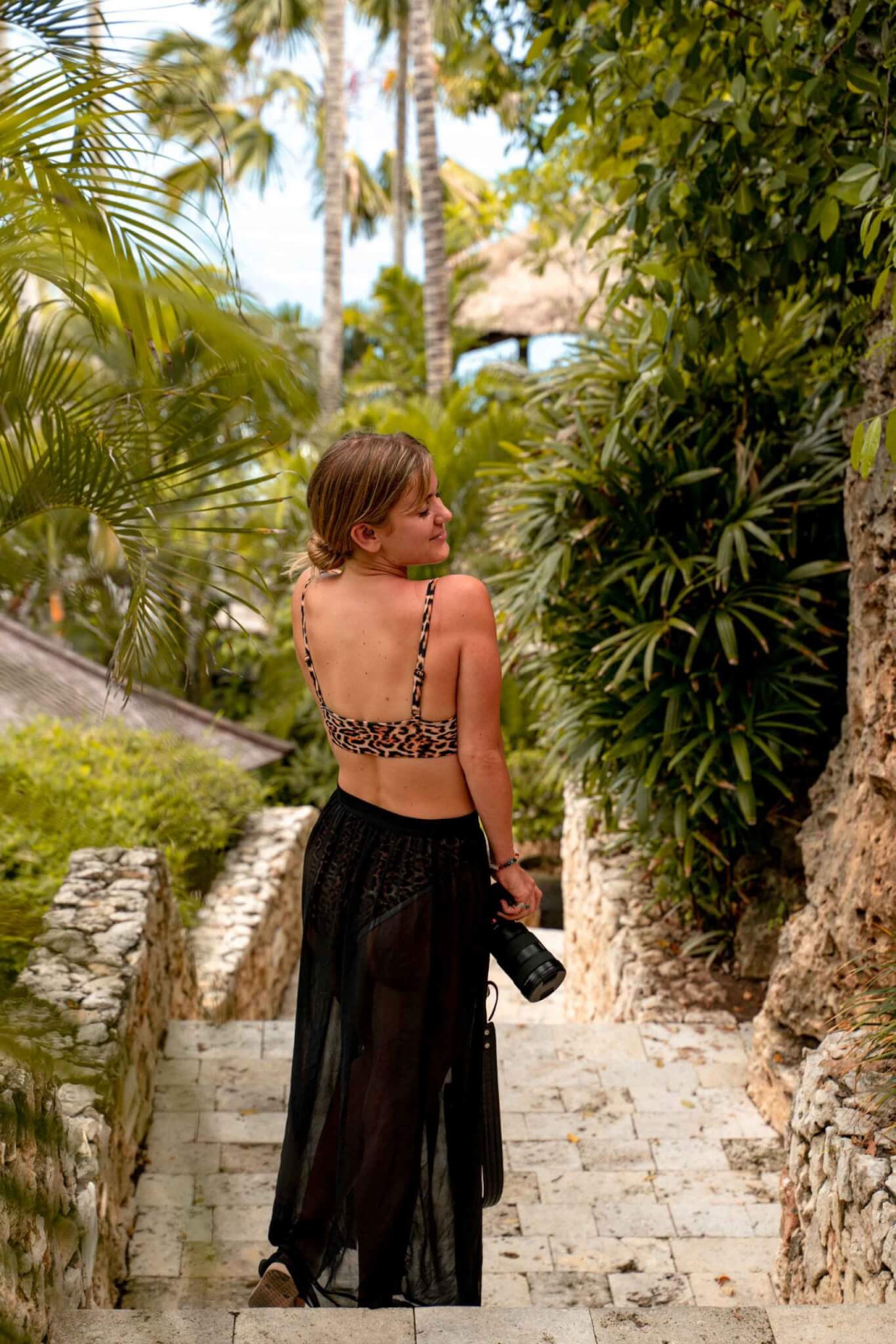
6. Shoot in RAW
Again, it depends on the camera you’re shooting on but most cameras will have the option to shoot images in RAW format. Chances are, if you’re not already doing this, you’re probably like… huh? What’s RAW?
- RAW is a file format that captures all the image data recorded by the sensor when you take your photoRAW files haven’t been compressed in any way and so you have access to the highest quality image your camera can produce
Ultimately this gives you more to work with and more flexibility with editing. If you ever want to work commercially / sell your images / create prints, RAW files will mean that you can produce those large files without losing the quality that you would with JPEG files.Tip: When you initially start shooting in RAW you’ll notice that in comparison to your Jpegs, the images look ‘flatter’. Don’t let that put you off. The images will come to life in editing and will have the capability to go way beyond your JPEGS. Most cameras have the ability to shoot JPEG + RAW, so you can always go with that options when switching.
7. YouTube tutorials
Not only are cameras becoming more advanced than ever. So are resources online. Not only do you have blog posts (like this) to help you improve your photography but you have online course, step by step YouTube tutorials, camera comparisons and more. The wealth of knowledge and help we have for free at our fingertips is actually insane. You literally just need to decide what you want to learn and there’ll be someone teaching it.If you are stuck on ANYTHING to do with photography, literally use Google and YouTube as your go-to search engine to find a solution.Some people to follow on YouTube in the photography category:
- Peter McKinnon
Another couple I recently followed after my ‘Starting out in Photography IGTV‘ with Lydia Collins are:
- Jessica’s Kobeissiand Chris Bray
8. Book a photography trip
Dedicate a weekend or a week to improving your photography and spending time with your camera. There’s no better way to learn than to jump in the deep end and dedicate some time to it.One thing I’ve never done much of is night photography and so I recently bought myself a tripod and I’m going to spend some evenings on the road in my van learning.
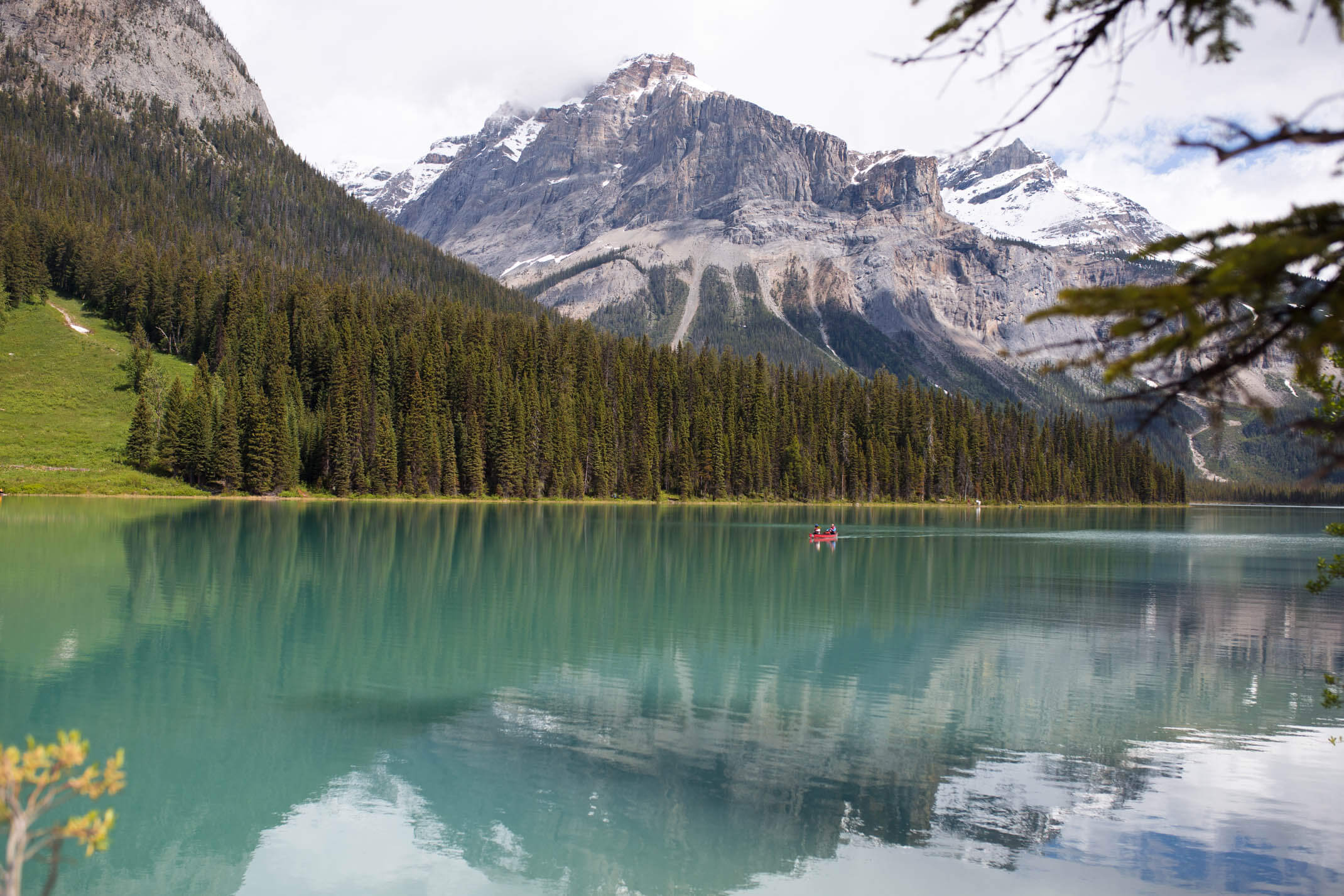 9. Practise every day
9. Practise every dayThe key to developing a skill is to make it a habit. Practise with your camera every day and that doesn’t have to be for hours on end, even just a walk in the mornings and spending 30 minutes.Spend some time getting to know your camera in all of its glory. Explore the settings, try new things, go new places and push the boundaries!
10. Vary your technique and shoot with other photographers
There are so many ways that you can improve your photography alone and online but there’s nothing more fun than planning a shoot mission with a friend or fellow photographer.Spend some time on Instagram or online finding other photographers in your area that you could message and plan a shoot with. Combine your knowledge, see what angles they shoot from, what lighting tips they use and grow together.Share the love in the industry and make it a beautiful place to be. There’s room for everyone!
What tips have you got for improving your travel photography?
I’d love to know!
Love as always and happy adventuring,
Mollie.
Did you find this post helpful? I’d love you to share it for me.
I can’t do this without you.Pin and save this blog post for later…
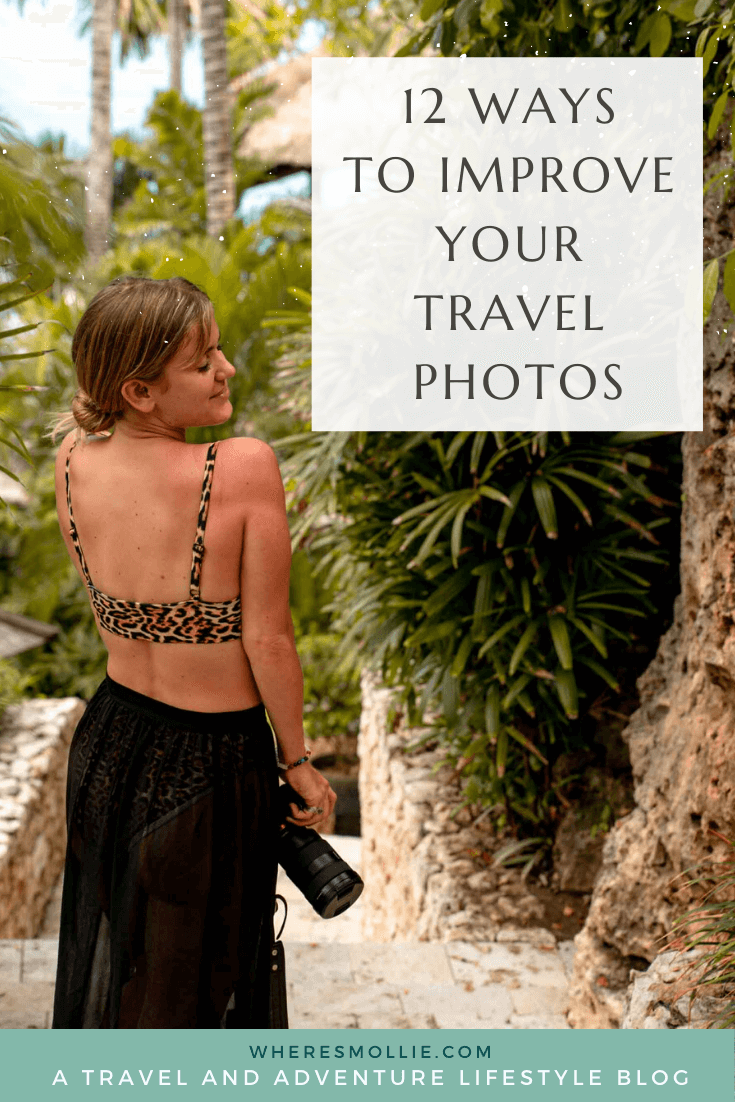
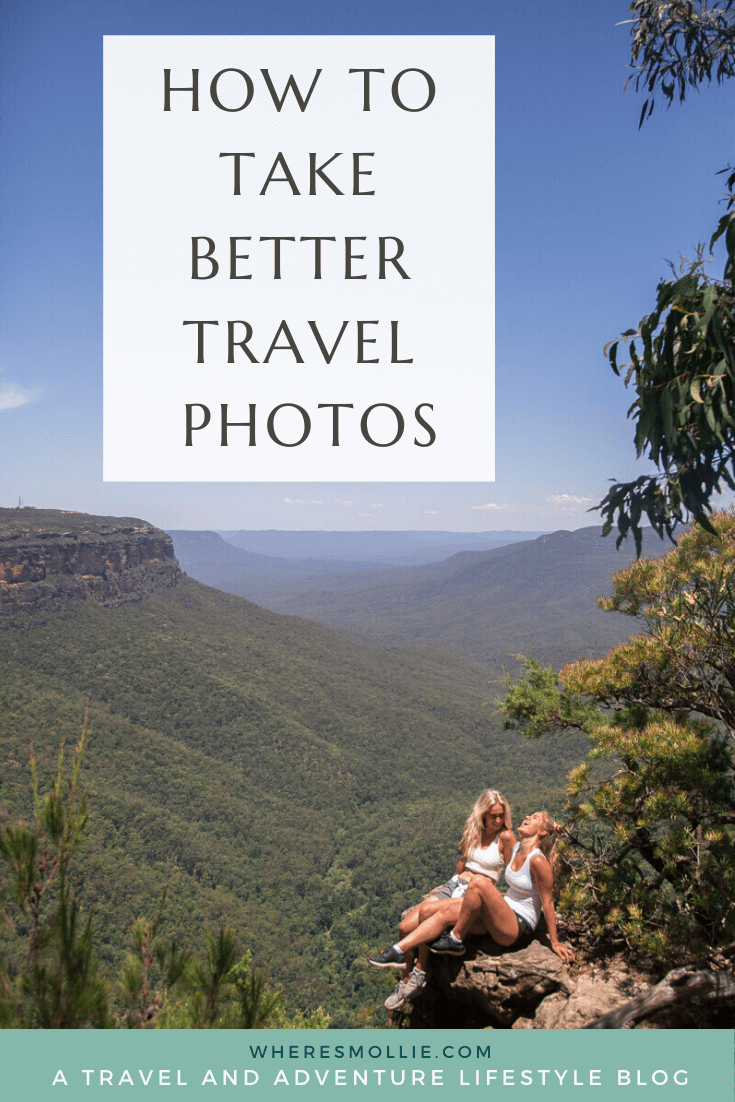
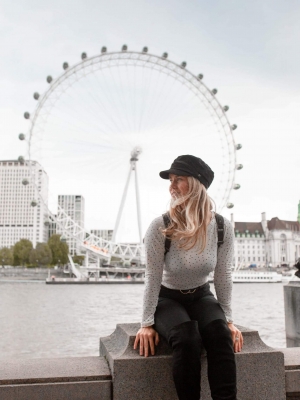
IT’S LOVELY TO MEET YOU
I’M MOLLIE AND I STARTED THIS BLOG BACK IN 2013 WHEN I HEADED OUT ON MY FIRST BACKPACKING ADVENTURE.
I’D LOVE TO SHARE THE JOURNEY WITH YOU, WE’VE GROWN A LOT SINCE THEN!


